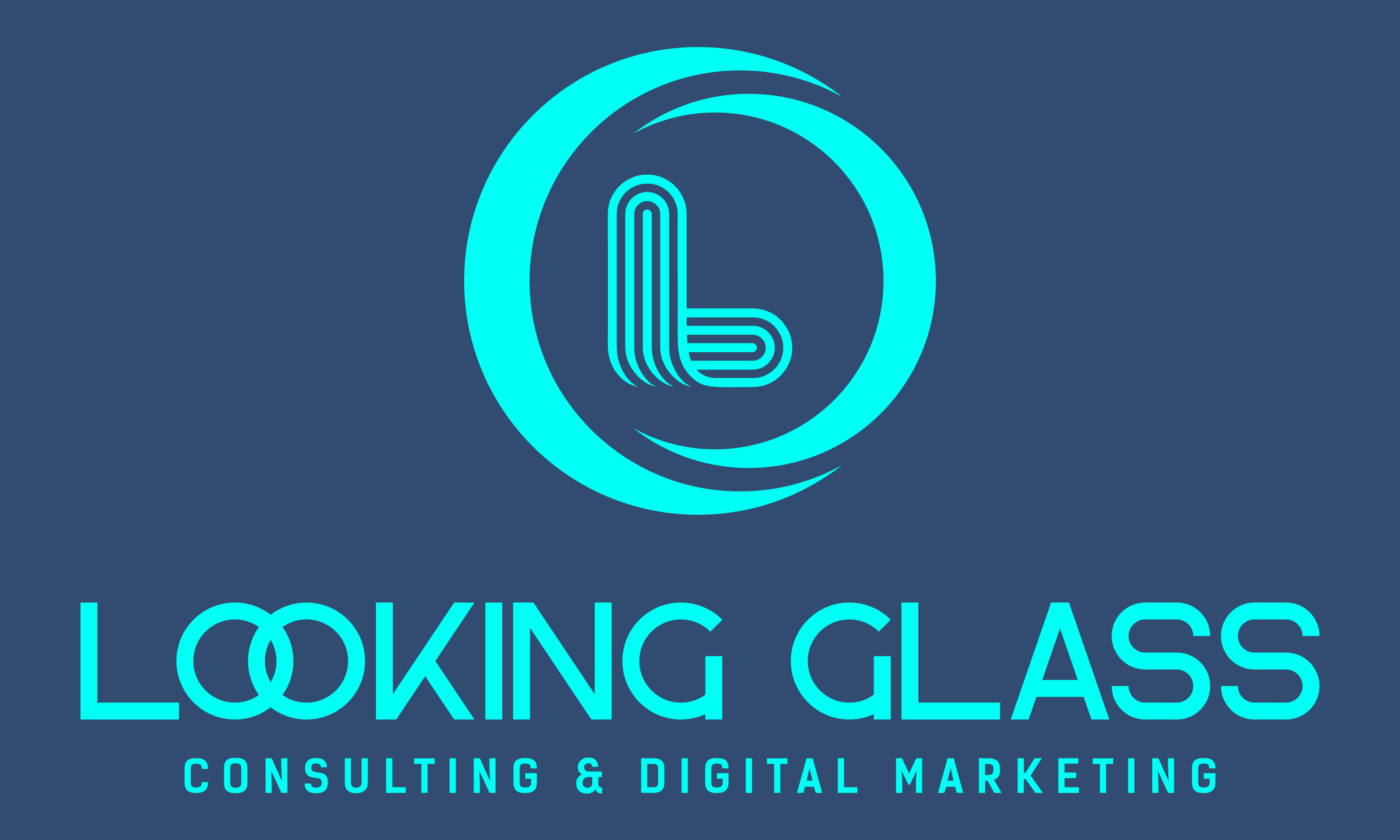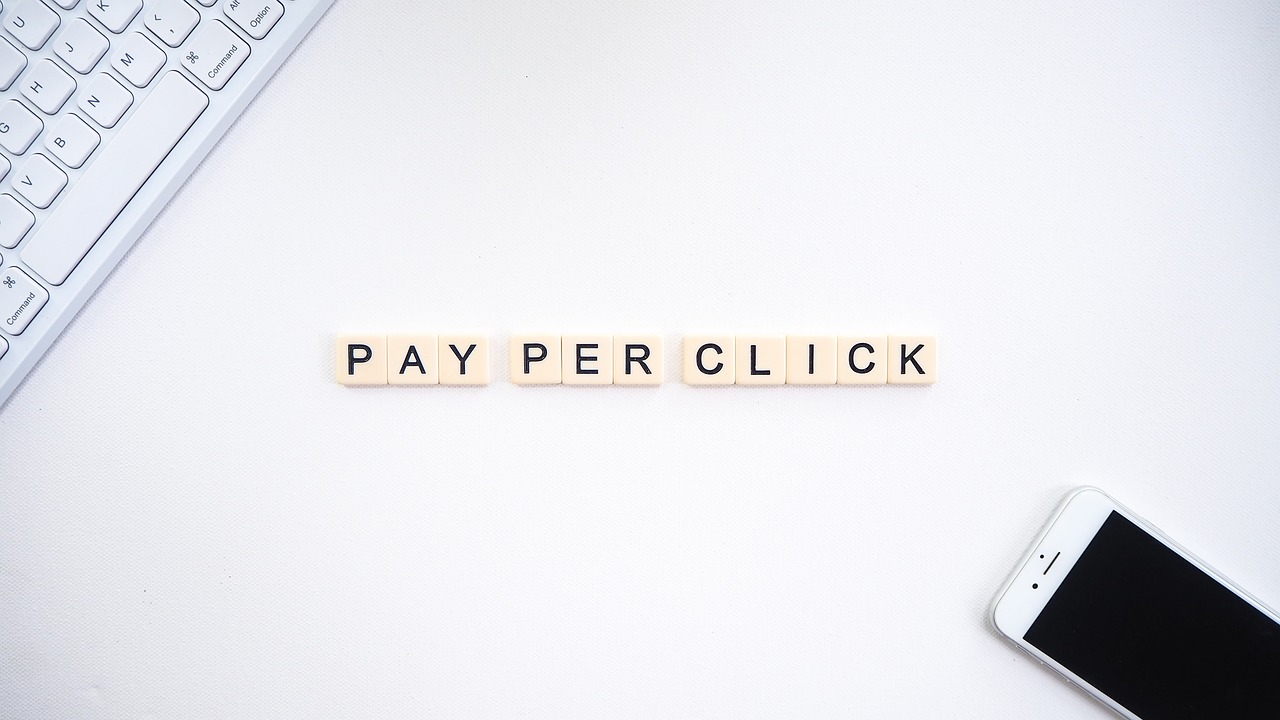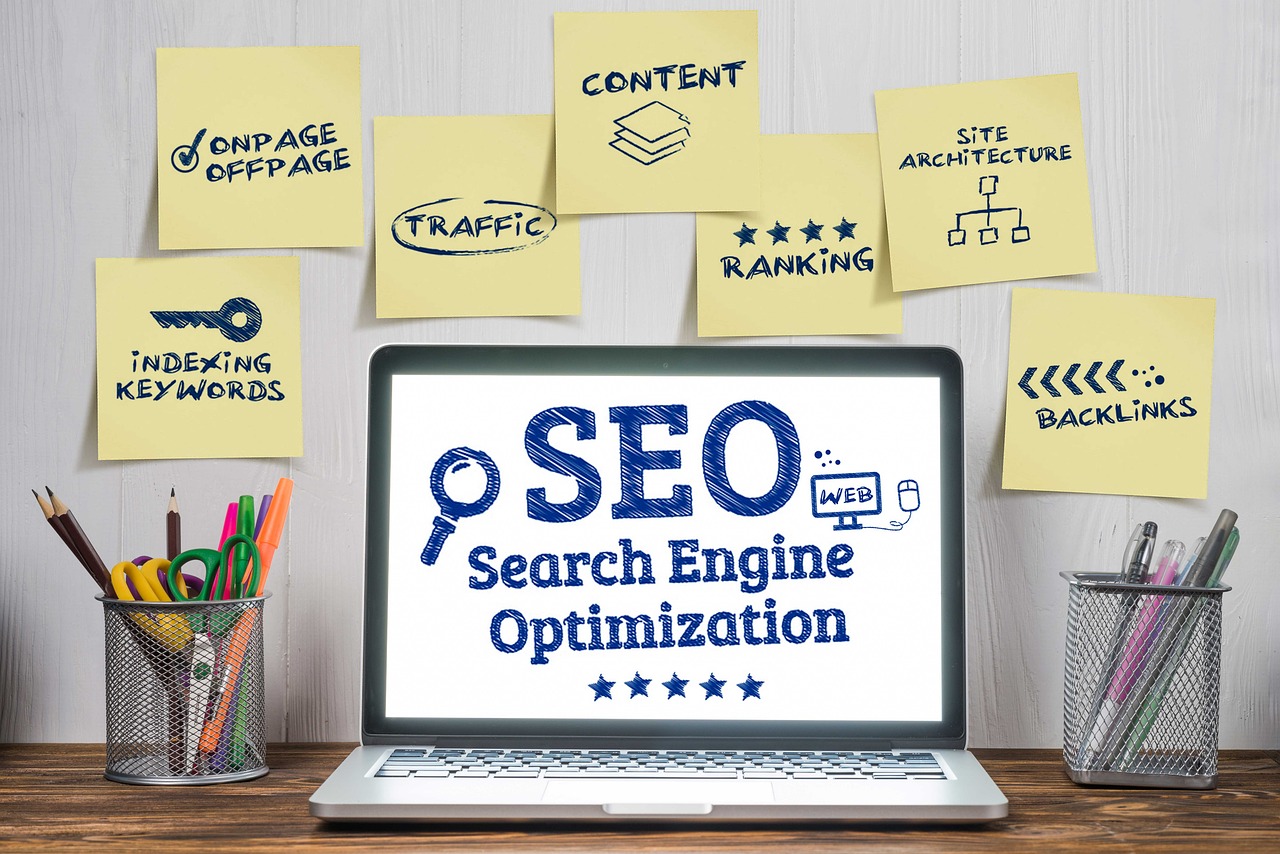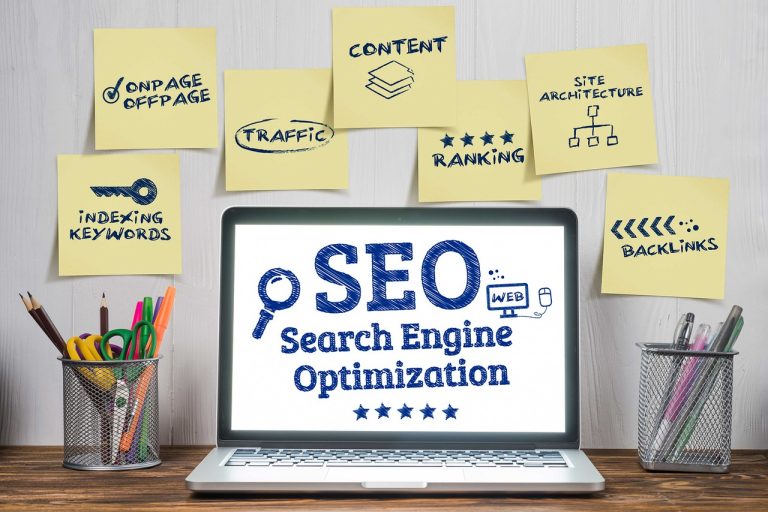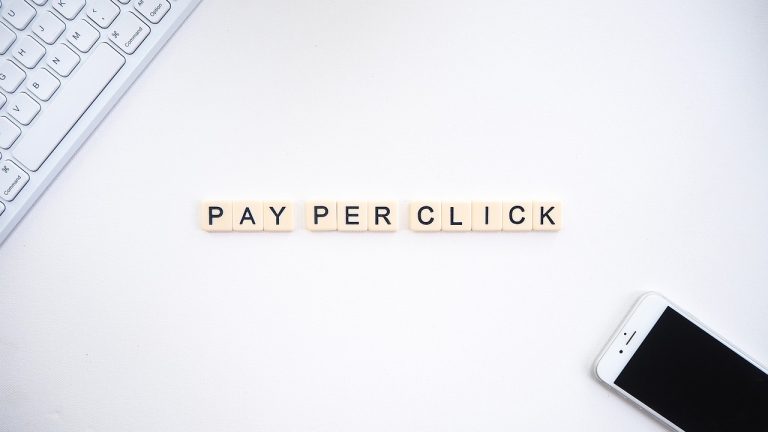
Navigating Fee Structures in Paid Advertising Management
In today’s digital-first world, paid advertising has emerged as a cornerstone of successful marketing strategies for businesses of all sizes. Navigating the landscape of paid advertising management, however, can be a complex endeavor, particularly when it comes to understanding the various fee structures offered by agencies and platforms. From pay-per-impression to pay-per-click, percentage of conversions, flat rates, and percentage of ad spend models, the way your business is charged can significantly impact your marketing budget and the overall success of your campaigns. This blog aims to demystify these fee structures, providing business owners with the insights needed to make informed decisions. Whether you’re looking to boost brand awareness, drive conversions, or manage your advertising spend more efficiently, understanding these key pricing models is the first step towards achieving your marketing goals. Let’s dive into the world of paid advertising management and explore which fee structure might be the best fit for your business’s unique needs.
Types of PPC Management Fee Structures
1. Pay-Per-Impression (CPM) Fee Structure Overview: Advertisers pay based on the number of impressions their ads receive. An impression occurs each time an ad is displayed, regardless of whether it’s clicked or not.
- Best For: Brands focused on increasing brand awareness rather than immediate conversions. Suitable for campaigns aiming to reach a wide audience.
- Considerations: Since the cost is not directly tied to action, tracking ROI can be more challenging. It’s essential to ensure the quality of placements to avoid wasting budget on low-engagement sites.
2. Pay-Per-Click (PPC) Fee Structure Overview: This model charges advertisers each time someone clicks on their ads. It’s one of the most common fee structures for search engine and social media advertising.
- Best For: Campaigns with clear call-to-action (CTA), such as sales, sign-ups, or any other conversion goals.
- Considerations: Requires careful keyword and target audience research to ensure clicks come from potential customers. Monitoring and adjusting bids is crucial to maintain cost-effectiveness.
3. Percentage of Conversions Overview: Agencies or platforms charge a percentage of the revenue generated from conversions attributed to the advertising campaign.
- Best For: Businesses with high-value conversions and a clear tracking setup for measuring direct results from specific ads.
- Considerations: Businesses need to have a solid understanding of their customer lifetime value (CLV) to ensure profitability. Transparency with the agency or platform about attribution and conversion tracking is crucial.
4. Flat Rate Fee Structure Overview: A straightforward pricing model where the business pays a fixed fee for a specified level of service or ad spend. This fee doesn’t change based on performance metrics.
- Best For: Companies looking for predictable budgeting and those who prefer a simple, straightforward billing model.
- Considerations: It’s vital to ensure the agreed services meet the company’s needs since the cost does not fluctuate with performance. Regular reviews of service effectiveness are recommended.
5. Percentage of Spend Overview: The fee is a percentage of the total ad spend managed by the agency or platform. The more you spend, the more they earn.
- Best For: Businesses scaling their ad campaigns who need an agency or platform to manage increasing complexity without a significant upfront cost.
- Considerations: As spend increases, it’s essential to keep a close eye on ROI. Businesses should negotiate caps or adjustments to the percentage to maintain profitability at scale.
Additional Considerations
Transparency and Reporting
When navigating the complexities of paid advertising, the transparency offered by your service provider becomes paramount. It’s essential that businesses demand clarity on fee structures, comprehensive performance reporting, and the ability to make informed campaign adjustments. Detailed reporting is not just a tool for accountability; it’s a crucial asset that helps you understand the return on investment (ROI) from your advertising efforts. This transparency enables businesses to make data-driven decisions, optimizing campaigns for better performance and ensuring that every dollar spent contributes to achieving your marketing objectives. In a landscape where digital marketing can often feel like navigating through fog, clear, detailed reporting acts as your compass, guiding strategic decisions and investments.
Customization and Flexibility
The dynamic nature of digital marketing demands that advertising strategies be equally adaptable. Recognizing this, businesses should seek to negotiate custom or hybrid fee structures with their service providers. Such arrangements allow for a more tailored approach, aligning closely with specific business goals, budget constraints, and campaign needs. For instance, a mix of fee structures could be deployed, combining pay-per-click (PPC) for direct response campaigns with pay-per-impression (CPM) for brand awareness efforts. This level of customization ensures that the pricing model evolves with your campaigns, accommodating different objectives and stages of your marketing funnel. Embracing flexibility in fee structures not only fosters a more collaborative partnership with your service provider but also positions your campaigns to respond swiftly to market changes and emerging opportunities, maximizing their overall effectiveness and ROI.
Conclusion: Aligning Fee Structure with Business Goals
Choosing the right fee structure for your paid advertising management is not just a financial decision; it’s a strategic one that should be closely aligned with your business goals. Whether you aim to boost brand awareness, drive conversions, or optimize your marketing budget, understanding and selecting the appropriate fee structure can significantly impact the success of your campaigns. It’s about finding a balance that supports your objectives, provides transparency, and allows for the flexibility to adapt as your business and the digital landscape evolve.
At Looking Glass Consulting and Digital Marketing, we specialize in tailoring advertising strategies to the unique needs of small businesses. Our expertise spans across leading platforms like Google, Microsoft, YouTube, Facebook, Instagram, LinkedIn, and various streaming services, ensuring that your campaigns benefit from a comprehensive and integrated approach. With over 15 years of experience and based in PA, USA, we pride ourselves on our ability to drive results and help businesses thrive in the digital space. If you’re looking to navigate the complexities of paid advertising with a partner that values transparency, customization, and has a proven track record of success, we’re here to help.
Embark on your journey to advertising success with Looking Glass Consulting and Digital Marketing. Let’s align your advertising strategy with your business goals and propel your brand to new heights. Contact us today to explore how our paid advertising management services can transform your digital marketing efforts.
